A subsidiary of electric car maker Xpeng is aiming to become the world’s first mass-market maker of flying cars by 2026, as China pushes to develop a “low-rise economy ”.
This futuristic vehicle — a “ground-based aircraft carrier” in which a passenger-carrying drone unfolds from the trunk of a six-wheeled van — is being developed by a subsidiary of electric carmaker Xpeng.
In theory, users could drive themselves to a takeoff location, undock the drone, climb inside, and continue their journey in the air. This could reduce travel times and make remote areas more accessible.
It will be part of a rapidly growing industry – including drone deliveries and helicopter shuttles – that the group estimates will be worth around one trillion yuan ($184 billion) by 2025 and more than triple that by 2030.
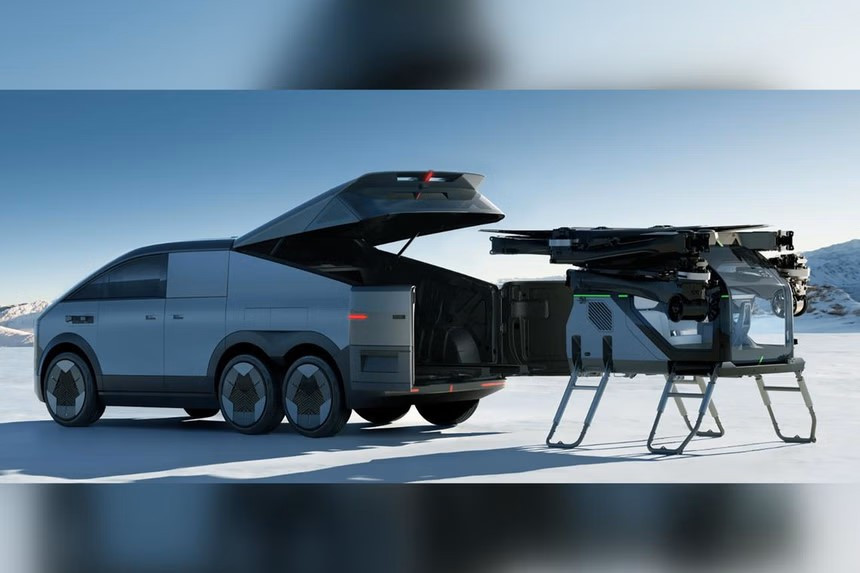
Xpeng’s product – priced at no more than 2 million yuan, with four seats in the car and two in the drone – had its first public flight at the Zhuhai Airshow in November 2024. The company said it had received about 3,000 tentative orders.
The company also said that it began construction of the factory in October last year, expected to be inaugurated in the first quarter of 2026, with an initial output of 10,000 flying cars per year, which will be capable of producing 10,000 flying cars per year.
“In 2026, Xpeng plans to mass produce its first modular flying car,” said the company’s chairman and CEO, He Xiaopeng. This would make the company the first “in China and the world ” to mass produce and deliver such vehicles, he said.
New growth drivers
The “low-rise economy” is one of the sectors that Chinese policymakers hope to develop. The term refers to economic activities that take place in airspace below 1,000 meters. For perspective, commercial planes typically fly above 9,000 meters.
Applications already being deployed in China, home to the world's largest drone maker DJI, include unmanned drones that can deliver food to collection points or spray pesticides on crops.
Air shuttles – mostly operated by helicopters – already exist. And passenger-carrying drones, or flying taxis, are being tested.
Developing the low-rise economy has been a priority for China. It has been called a “new growth engine” and was included in the government ’s annual work report for the first time in 2024.
It was reiterated in the 2025 report, which sees it as an emerging industry in which China wants to promote “safe and sustainable development”.
Over the past year, government agencies and local governments have stepped up efforts to formulate regulations and develop infrastructure to support the growth of the industry.
Meanwhile, automakers from Xpeng to state-owned GAC Group are also working to bring flying cars to market.
One of the biggest challenges to making flying cars popular is the right policy, legal and regulatory corridor, said Xpeng's He.
“Right now, I see a lot of issues,” he said. These include formal certifications for flying cars as both road vehicles and aircraft, regulations for how they take off, and licenses for pilots.
Mr. He said the first batch of flying cars would likely only fly short distances, and would be used mainly for tourism or short-distance rescue missions.
In December, the National Development and Reform Commission – the state economic planning agency – established a new department dedicated to developing the low-rise economy.
Amendments to civil aviation laws are also underway, including adjustments to accommodate the airspace the industry needs.
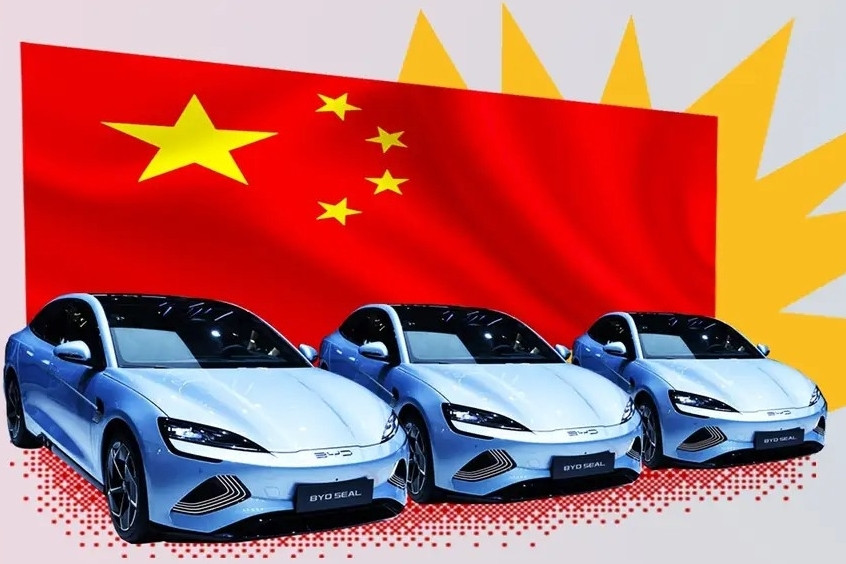
Source: https://vietnamnet.vn/o-to-bay-tro-thanh-dong-luc-tang-truong-moi-cho-kinh-te-trung-quoc-2379007.html



























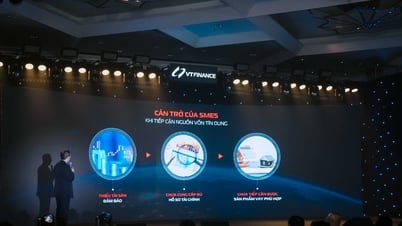

























































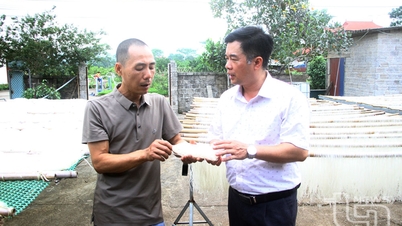









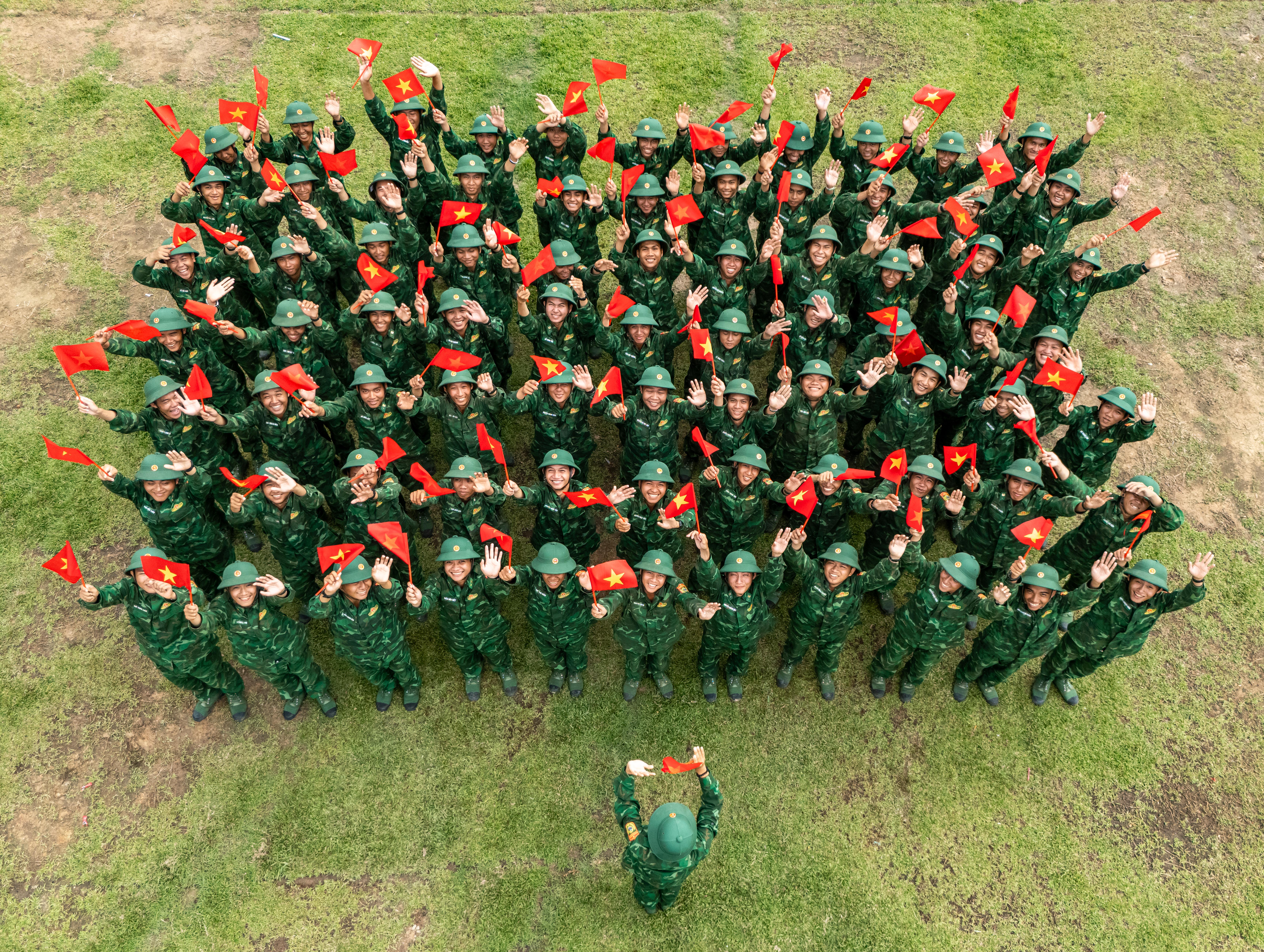



Comment (0)